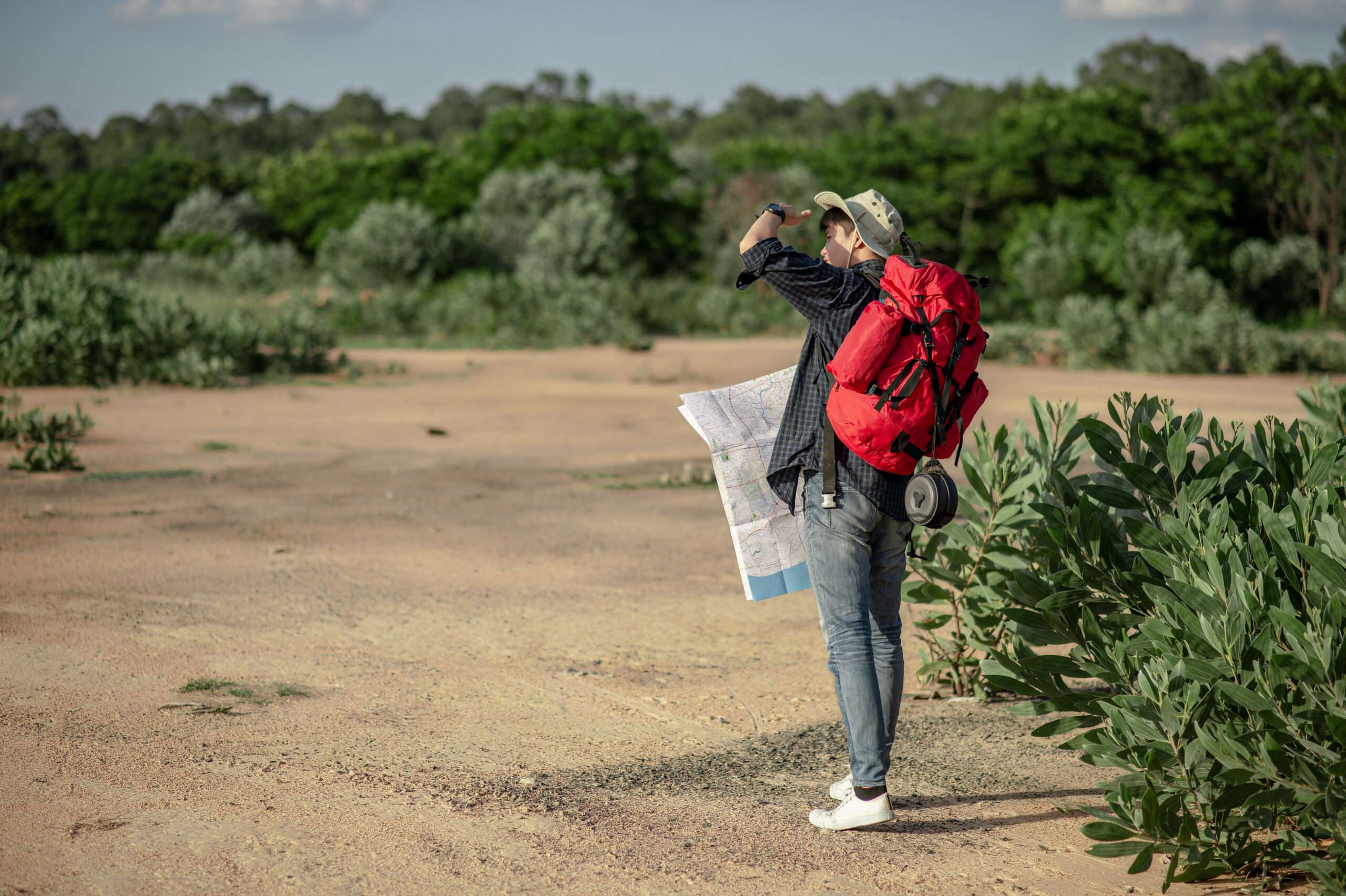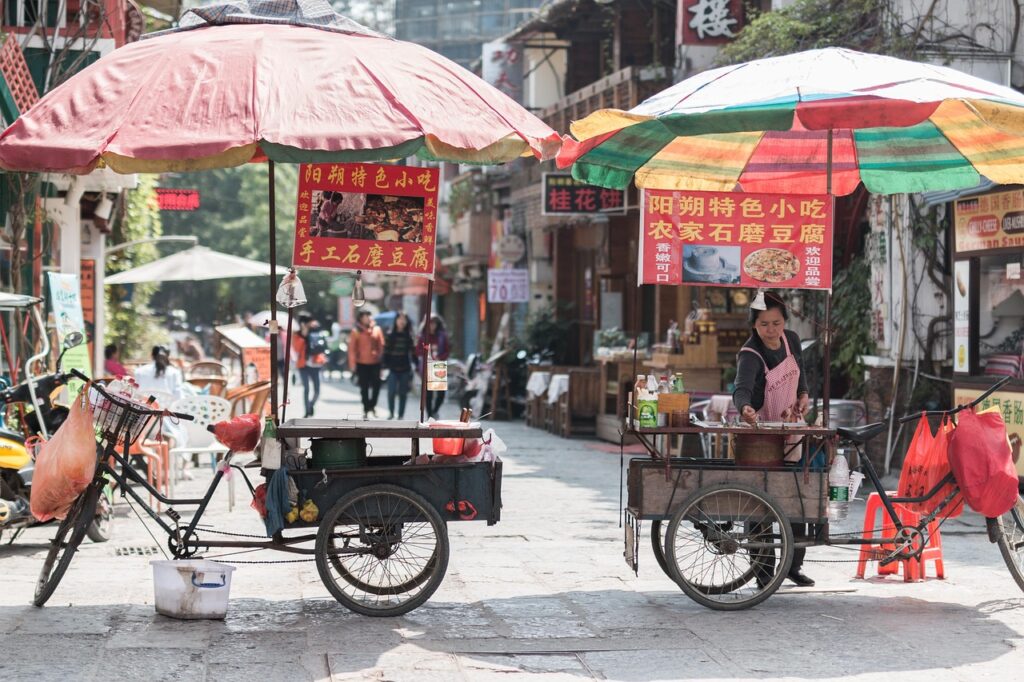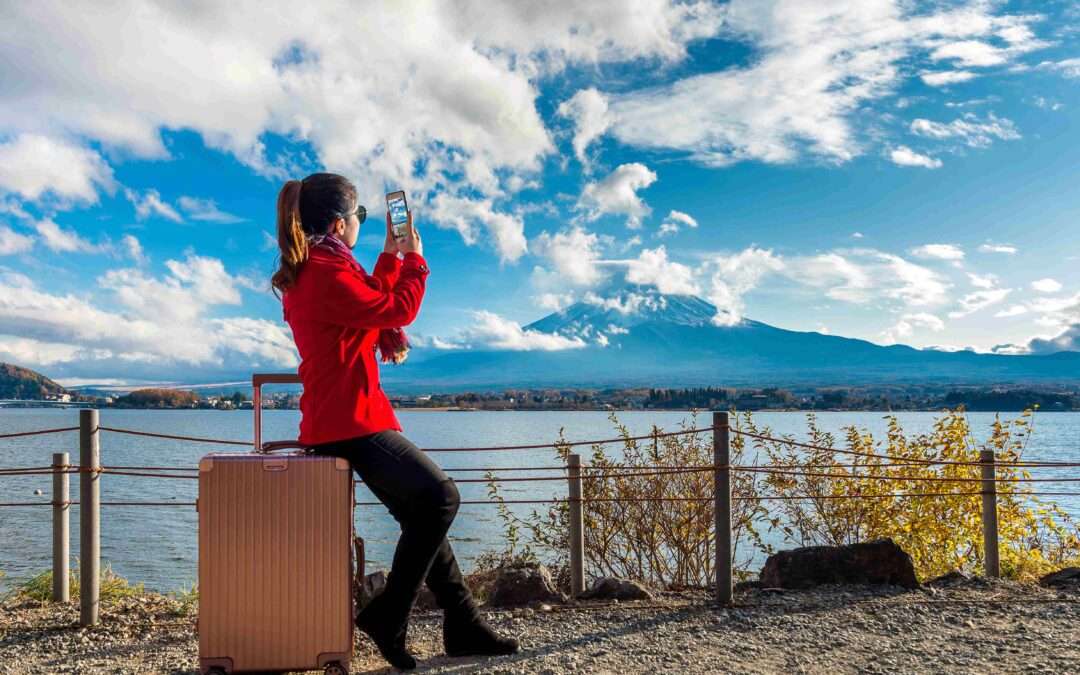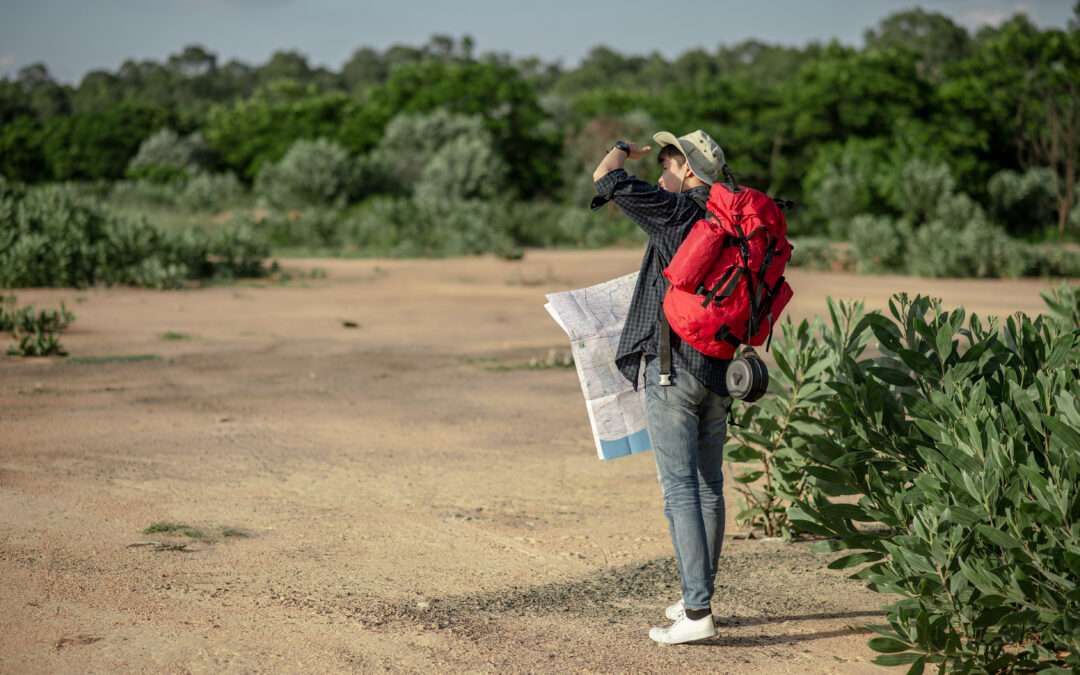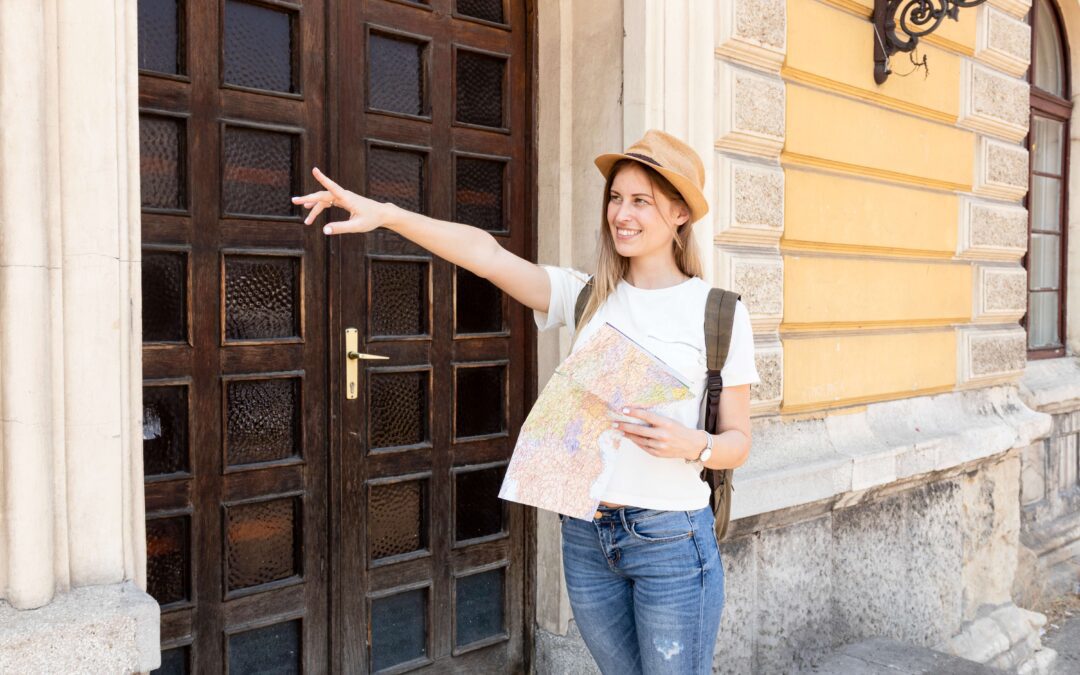What Is Sustainable Travel?
Sustainable travel (or eco-tourism) means exploring the world in a way that:
- Reduces your environmental footprint
- Supports local economies
- Protects natural and cultural heritage
It involves every part of your journey from transportation and lodging to food choices and tour operators. The goal? Travel that benefits both you and the places you visit.
Best Eco-Friendly Destinations
Some destinations are doing a fantastic job of embracing sustainability. These places combine natural beauty with eco-forward infrastructure and conscious tourism policies:

🌱 Costa Rica
- 98% renewable energy
- Protected national parks and eco-lodges
- Rich biodiversity and community-led tourism
🌿 Slovenia
- One of Europe’s greenest countries
- Ljubljana: European Green Capital
- Sustainable hiking, biking, and culinary tourism
🌊 New Zealand
- Strict conservation policies
- Adventure tourism with low ecological impact
- Maori cultural respect and integration
🏞️ Norway
- Electric ferries and eco-certified hotels
- Deep respect for nature and indigenous Sami culture
Other honorable mentions: Bhutan, Palau, Finland, Kenya (eco-safaris), and Japan (regional sustainability efforts).
Choosing Sustainable Accommodations
Look beyond aesthetics and price eco-conscious lodging can make a huge difference. Here’s what to look for:
✅ Green Certifications:
- LEED (Leadership in Energy and Environmental Design)
- Green Key
- EarthCheck
- Rainforest Alliance Certified
✅ Features of Sustainable Stays:
- Renewable energy use (solar, wind, hydro)
- Water conservation (low-flow fixtures, greywater systems)
- Waste reduction and recycling programs
- Local sourcing for food and products
- Hiring locals and supporting fair wages
Pro tip: Platforms like Ecobnb, BookDifferent, and Green Pearls specialize in eco-friendly stays.

Low-Impact Transportation Options
Transportation is one of the largest contributors to travel-related emissions. Here’s how to lower your footprint:
✈️ Air Travel Tips
- Book non-stop flights (takeoffs/landings = more emissions)
- Choose fuel-efficient airlines (like KLM, JetBlue, or Delta)
- Offset carbon through programs like Gold Standard, Cool Effect, or airline-specific options
🚆 Trains > Planes
- Trains emit far less CO₂ per passenger than flights
- Europe and parts of Asia have excellent rail networks
🚲 Get Around Greener
- Rent bikes, e-scooters, or walk when exploring cities
- Use public transportation over taxis or Ubers
Supporting Local Economies
Sustainable travel also means supporting the people who live where you’re traveling:
- Eat local: Choose family-owned restaurants or street food vendors
- Shop local: Buy handmade crafts and goods from local artisans, not mass-produced souvenirs
- Stay local: Opt for small guesthouses or eco-lodges over global chains
- Hire local guides: They offer authentic experiences and keep money within the community
This kind of tourism helps communities thrive while offering you richer, more meaningful experiences.
Avoiding Over-Tourism
Some places are being loved to death. Over-tourism strains infrastructure, raises prices for locals, and damages the environment.
How to Be a More Responsible Visitor:
- Visit off-season or lesser-known destinations
- Avoid feeding wildlife or touching coral reefs
- Stick to marked trails in nature areas
- Limit time in high-tourism hubs (e.g., Venice, Machu Picchu) or visit during early/late hours
- Respect local customs, cultures, and dress codes
Final Thoughts
Sustainable travel isn’t about perfection it’s about intention.Even small changes, like using a refillable water bottle or skipping a short flight, add up when more travelers make them. By choosing eco-conscious options, you not only reduce your impact you actively contribute to a better, more responsible tourism industry.So go ahead explore the world. Just leave it a little better than you found it.

